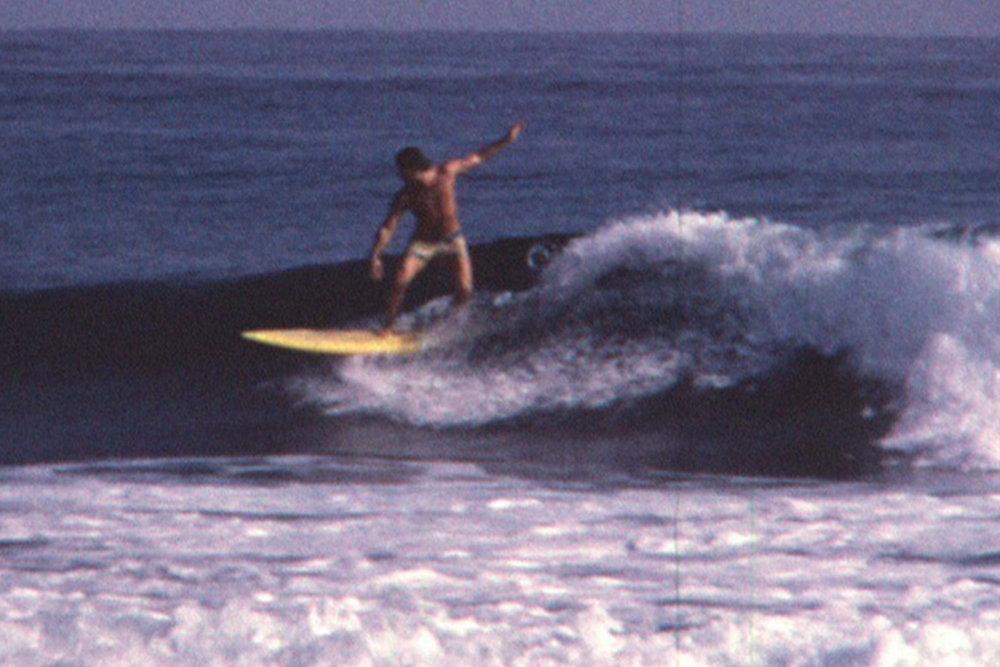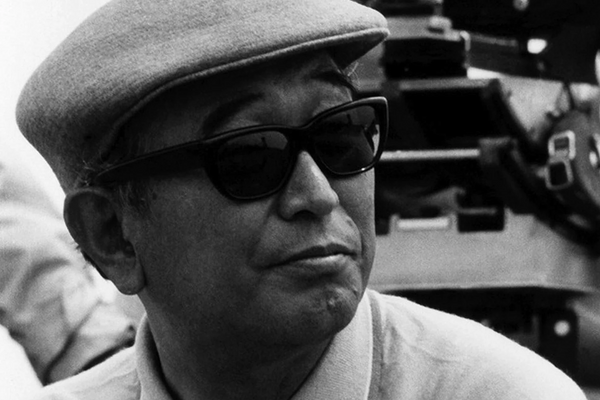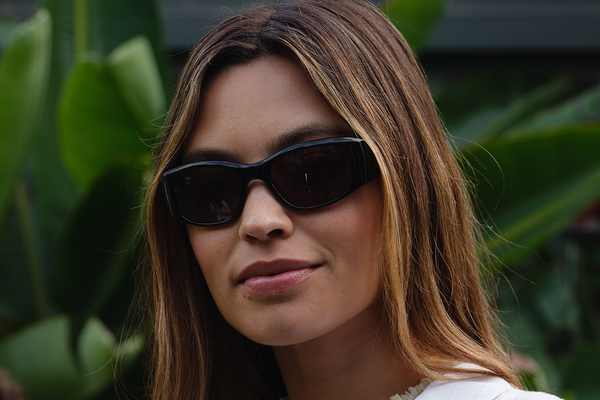Before the ‘60s, mainstream eyewear was a conservative, medical-adjacent industry that fixated on technical details and manufacturing innovations. Not much thought was given to the end customer — how they lived, how they wanted to look, what made them feel good. Larry thought differently. He believed design could inspire, connect, and uplift people.
Thanks to his years riding the waves of the emergent counterculture, including a 1969 trip to Hawaii where he saw Jimi Hendrix perform at the mouth of a volcano, Larry was willing to follow his bliss and jump headfirst into an adventure that is still unfolding today.

We recently caught up with Larry to hear about his journey from teenage hippie to eyewear revolutionary. Here’s what he had to say about his journey, his philosophies, and where he’s headed next.
-------------------
GL: Larry, the start of your relationship with Hawaii and its people goes back to the late ’60s and sits at the intersection of three really key cultural moments. You have the surf scene, the counterculture, and the establishment of Hawaii not only as a new state, but as a sort of spiritual refuge for people from all over the world.
LL: That was a really formative time for me. It shaped every aspect of my life - as a creator, as an artisan, as a business owner, and as a lover of individuals who were unafraid to be different. My own experiences were mirroring those of my surfer buddies and peers too. We were all connected.
It’s easy to lump LSD and Woodstock and rock music and war protests all together when you talk about the 1960s, but that’s really what life was like for us. Things were moving really fast. Suddenly, it seemed like young people - people my age who were just out of high school - had a voice and an outlook and a sensibility that really felt fresh. It was ours.

GL: What drew you to Hawaii initially?
LL: My first trip there was in ’69 for a surf trip. I grew up poor and never really traveled anywhere, so being immersed in such a wild and naturally beautiful environment really blew my mind. I loved how the weather was so wild and unpredictable. It was magical.
GL: And you saw Jimi Hendrix play there on your first trip, right? That’s nuts!
LL: Yeah. I was with two buddies and we were all huge fans. The scene in Maui was very far out. A lot of folks were deep into acid and aliens and hare krishna. We heard a rumor that Hendrix was going to play near a town called Makawao the next day on the slope of the Haleakalā volcano. I mean, a lot of those folks were pretty wacked out so you couldn’t be sure the rumors were true, but we decided to make the trek anyways. When we saw his bassist Billy Cox in town driving a Ford Mustang convertible, we knew something was up.
GL: This was pre GPS, so you were really throwing yourselves into the unknown.
LL: There were only about 300 people at the show. The hippies and extremely interesting people wanted to keep it a small thing so we were instructed to not tell anyone and just show up at around noon. When we first got there the only sound we heard was the wind. Jimi played for over five hours and the best footage was used for the film Rainbow Bridge, which is a classic counter culture film set in Hawaii.


GL: How did your life change after that trip?
LL: Once I got back I realized that while it was fun to be a teenager and stuff, I had to figure out a career, or at least a next step. I didn’t do well in school and didn’t go to college. My dad died when I was very young and so I had to find my own way in life pretty early.
I decided to go to a two-year trade school and learn how to be an optician. I liked the physical part of making glasses fine but what really lit me up when I could connect with people as a stylist to help them explore and define how they wanted to be seen. I’d look at their personal cosmetic details and then give advice on what sort of frames would look best based on the shape of their face and the kind of style they were going for. It was a union of form meeting function. No one was doing this at the time.
I felt like I could connect with interesting people artistically through the medium of glasses and style. I never saw myself as any kind of serious “stylist” or “designer” but I loved to imagine and share things that didn’t exist yet.
The biggest thrill for me has always been when other people give my customers feedback on how great they look. They’ll return to me and say “You were right! These really were the perfect frames for me.” Nothing makes me happier than to know I made that kind of a difference.
GL: What do you think helped you to carve out your own path?
LL: My love for being able to affect people’s lifestyle. Most companies were stuck in their little design world and were uninterested in reality, which is to say, they didn’t spend a lot of time or energy thinking about what people desired. But I did!
I wanted to make things that excited me and the people I admired and felt a kinship with.

GL: Would you say your experiences in Hawaii showed you that another path was possible?
LL: Yes! When I got my start, I knew nothing about music or economics or public relations or anything people go to college to learn. My education was just from living life and wanting to help people.
Hawaii helped me to see how interconnected we all are and that, in turn, helped me to connect to my customers in ways that other companies couldn’t. They were sort of bullish and overt and I was going for something much more lyrical and subtle. That vibe really comes out in this new collection.
GL: What inspired you to return to this era of your life for this new collection?
LL: Hawaii has given me so much joy and clarity and friendship and inspiration and aliveness and so I wanted to give back. I wanted to offer something creatively that was distinctive and had a lot of personality, but was also relatable to anyone who resonated with the energy.
You might be a surfer, or a student, or a business person that saw a bit of yourself in the design and said “I like that! I want to be a part of that!”. It’s more important to me that people are inspired than if they buy the glasses or not. I want them to feel a connection to something that’s much bigger than themselves.



